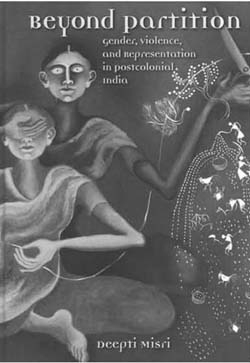What does it mean to say that the history of postcolonial India has been a history of violence? Given the daily barrage of reports on the escalating violence in India, such a claim may seem alarmingly familiar, even eerily ordinary. Can there be a more opportune time for an extensive discussion of sexuality, gender and violence in postcolonial India? Each and every day, it seems, we are confronted yet again by the systemic violation of subaltern subjects, marked by one or more intersecting vectors of difference: caste, class, gender, sexual orientation, to name a select few. On the one hand, recent events have ignited a much-needed robust and public conversation on gender, sexuality and cultural practices within India. The relationship between organized feminism, and the new voices in the debate is uneven and has opened up new areas for scrutiny, such as the place of young urban men, queer activists and members of the general public in the campaigns against violence. On the other hand, the focus on gendered cultures of sexual violence (specifically rape) can end up deflecting attention from the relationship between such violence and the state, capitalism, caste, and communalism. Even as feminists repeatedly remind us that such privations are not just of the here and now, but a long-term effect of paternalistic systems of culture, economics and politics, historical amnesia around such issues persists and even festers.

The Gender Of Violence
Anjali Arondekar
The Gender Of Violence by By Deepti Misri University of Illinois Press, USA & Women Unlimited, New Delhi, 2014, 216 pp., 475.00
July 2016, volume 40, No 7
